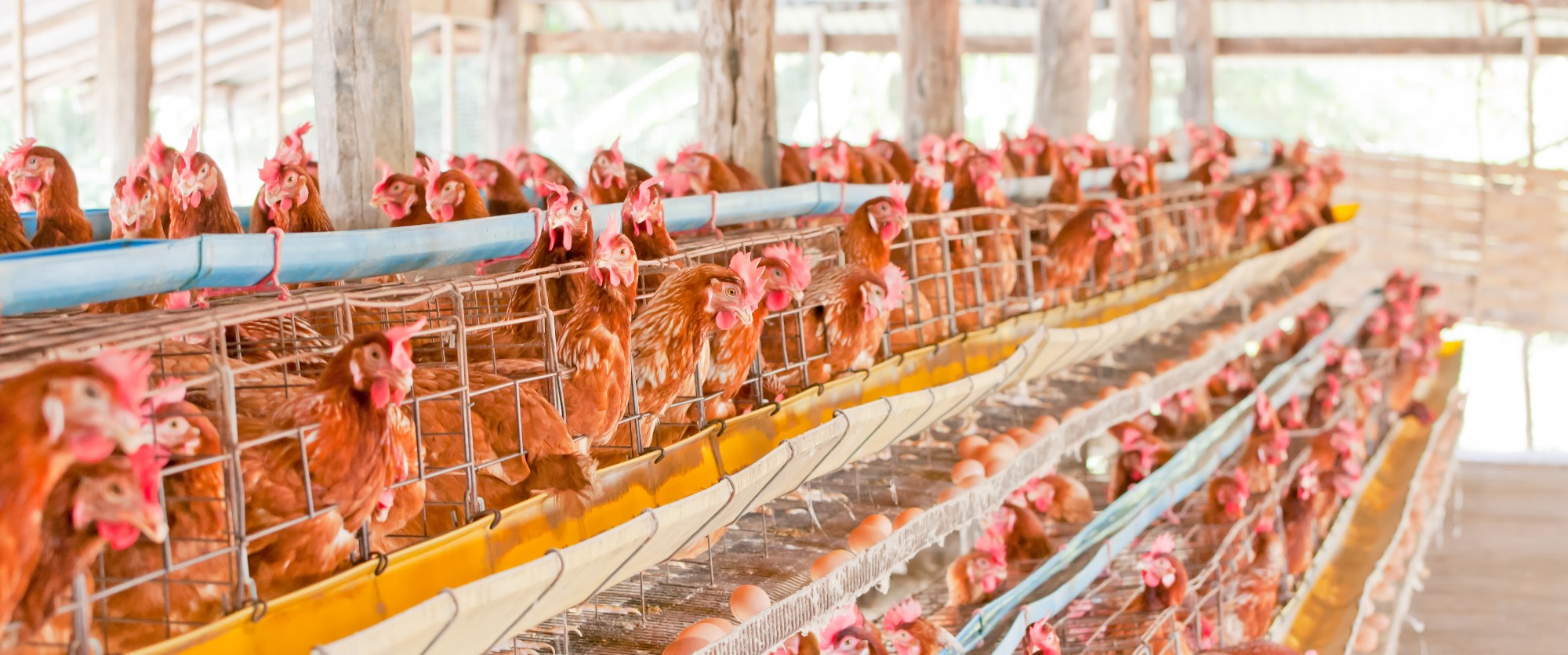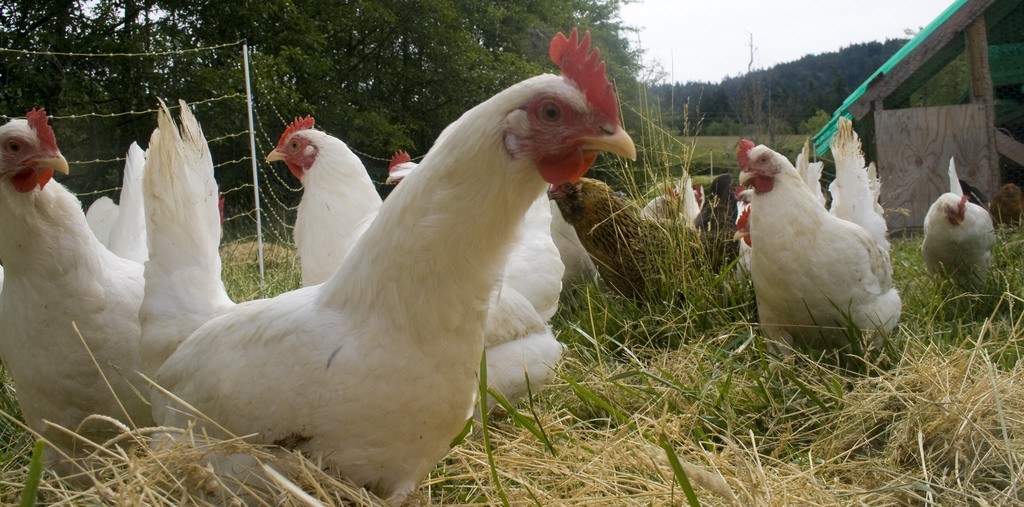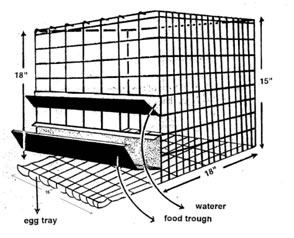While much of the European Union (and other select non-member European countries) as a whole proves to be more progressive in animal welfare legislation than other western countries such as those of North America, previous legislations of individual European countries displayed a dichotomy echoing contrasting attitudes (Appleby, 2003). For example, some European countries such as Sweden and Switzerland (a non-member of the EU) are considered as some of the leaders in animal welfare legislation of the developed world prior to the EU-wide ban of battery cages in 2012.
Switzerland was the first nation in the world to have banned laying cages (Appleby, 2003; Valkonen, 2010). A 1978 referendum, the Swiss Animal Welfare Act, allowed citizens, represented by 81 percent of the Swiss popular vote (Davis, 1996), to make the collective decision to impose the ban, effective by 1992.
Sweden took animal welfare matters into legislation in 1988 when it passed the new Animal Welfare Act which required starting the following year, all new cages must provide 600 cm2 or 93 in2 per hen. Further improvements and enrichment features, many of which were based on Tauson’s work mentioned above, of cages were also mandated by 1994. Shortly after, a new law called for battery cages to be outright banned by 1999. Further, the progressive country even went so far as to stipulate that alternative housing systems must not mean impaired animal health, increased medication, introduction of beak trimming or impaired working environment. However, the required conditions (Fredell (1994) suggested that alternative systems proved to be difficult) were inconsistent with the radical change (Abrahamsson, Tauson, and Appleby, 1995). The nation recognized arguments from the industry and opted to mandate enriched cages instead of the total ban (Tauson, 2000; Tauson and Holm, 2001).
The European Union Council Directive 1999/74/EC was passed in 1999 to ban conventional battery cages in the entire EU starting from January 1, 2012, recognizing a 13-year phase-out period (Studer, 46). As discussed above, at this time, this housing system was already banned in Switzerland and Sweden. Alongside the two countries already discussed, Germany, Austria, and the Netherlands also followed the same ban.
Comparatively, animal welfare legislation in western countries of North America pale in comparison. The battery cage is legal in Canada, where 98 percent of the country’s laying hens are housed (Baumel, 2005). While there is no formal legislation, the 2003 Recommended Code of Practice by the Canadian Agri-Food Research Council pushes for improved housing systems. Other non-government organizations like the Canadian Coalition for Farm Animals and the Vancouver Humane Society have continued to campaign for the Canadian Food Inspection Agency to adopt the EU’s policy. Most recently, a media release was issued by the Retail Council of Canada announcing that four grocery members, Loblaw Companies Limited, Metro Inc., Sobeys Inc., and Wal-Mart Canada Corp., voluntarily commit to source cage-free eggs by the end of 2025.
The case in the United States is not much different. The vast majority of laying hens in the United States are housed in battery cages. According to trade group United Egg Producers, only six percent of laying hens are currently raised without cages. The state of California passed a ballot proposition, Proposition 2, with 63 percent of the vote in the state’s general election in 2008. It called for standards for confirmed farming that required laying hens to be confined only in ways that allow these animals to lie down, stand up, fully extend their limbs and turn around freely to be effective by January 1, 2015. Similar to Canada, some independent retailers have voluntarily committed to source cage-free eggs. Last year, McDonald’s, the world’s largest fast food chain, has promised both its American and Canadian customers this transition over the next decade. Other large food suppliers including Costco, General Mills, and Burger King have also made similar announcements. Although there is no national legislation for the better welfare of laying hens in the United States, suppliers must meet the growing demand for cage-free eggs or they will lose their largest customers.

 woodleywonderworks. (Photographer). (2008, June 23). [Semi] free range chickens [digital image]. Retrieved from https://flic.kr/p/4YitAe
woodleywonderworks. (Photographer). (2008, June 23). [Semi] free range chickens [digital image]. Retrieved from https://flic.kr/p/4YitAe Source: TNAU Agritech Portal
Source: TNAU Agritech Portal